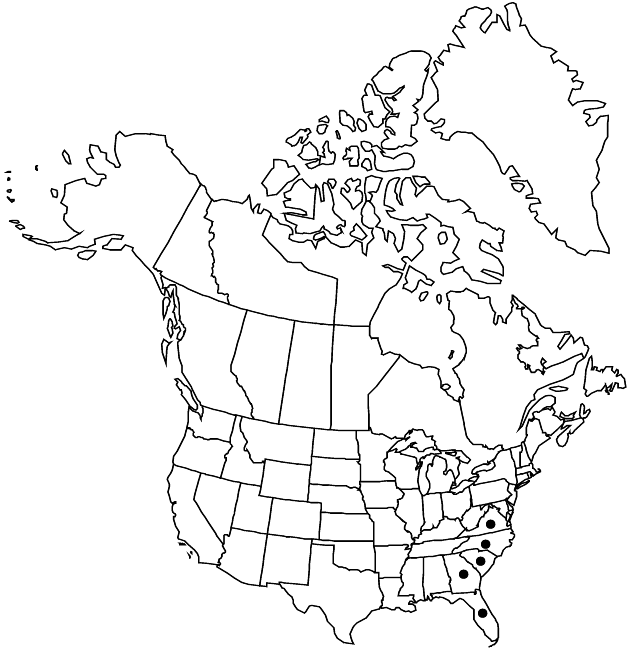Erigeron quercifolius
in J. Lamarck and J. Poiret, Tabl. Encycl. 3: 258. 1796.
Winter-annuals, biennials, or short-lived perennials, 10–60 cm; fibrous-rooted, caudices simple. Stems erect to basally ascending (green proximally), proximally villous to villoso-hirsute, distally loosely strigose to hirsute, eglandular. Leaves basal (persistent) and cauline; basal blades oblanceolate to obovate or spatulate, 15–110 (–150) × 4–25 (–30) mm, margins serrate or crenate to pinnately lobed, faces hirsute to villous, eglandular; cauline blades becoming oblong, gradually reduced distally (reduced to bracts or 0 proximal to arrays, clasping to subclasping). Heads (1–) 4–16 (–50) in corymbiform arrays (from branches distal to midstem). Involucres 2.5–4 × 4.5–10 mm. Phyllaries in (2–) 3–4 series (sometimes basally connate), strigose to hirsuto-villous, eglandular or sparsely minutely glandular. Ray-florets 100–150; corollas usually blue, sometimes white to pink, 4–6 mm, laminae not coiling or reflexing. Disc corollas 1.5–2.8 mm. Cypselae 0.6–0.9 mm, 2-nerved, faces sparsely strigose; pappi: outer of setae, inner of 10–15 bristles. 2n = 18.
Phenology: Flowering (Feb–)Mar–Jun.
Habitat: Sandy sites, shell rock, roadsides, ditches, fields, areas of pine flatwoods
Elevation: 0–15 m
Distribution

Fla., Ga., N.C., S.C., Va., West Indies (Bahama Islands)
Discussion
Erigeron quercifolius is primarily of the Atlantic coastal plain. Putative records from Alabama westward to Texas are based on specimens of E. philadelphicus or E. tenuis. Erigeron tenuis sometimes closely approaches E. quercifolius in overall appearance; it is more closely related to E. strigosus. Convergent plants of E. tenuis differ from E. quercifolius in their non-clasping cauline leaves, lanceolate (versus oblanceolate to obovate) phyllaries, and slightly longer cypselae (1–1.2 mm versus 0.6–0.9 mm).
Selected References
None.